
Environment as a Third Teacher
The first five years have been widely recognized as the most important years in a child’s life, as their brains develop more connections than any other time in their lifetime. It is important that we approach this research responsibly and provide many opportunities for children to develop their love of learning, creating a learning environment for children to learn through doing, wondering, connecting and practicing. Play serves as a fundamental method of learning, and what better way to learn than having fun exploring concepts? Albert Einstein himself stated many years ago, “Play is the highest form of research”.
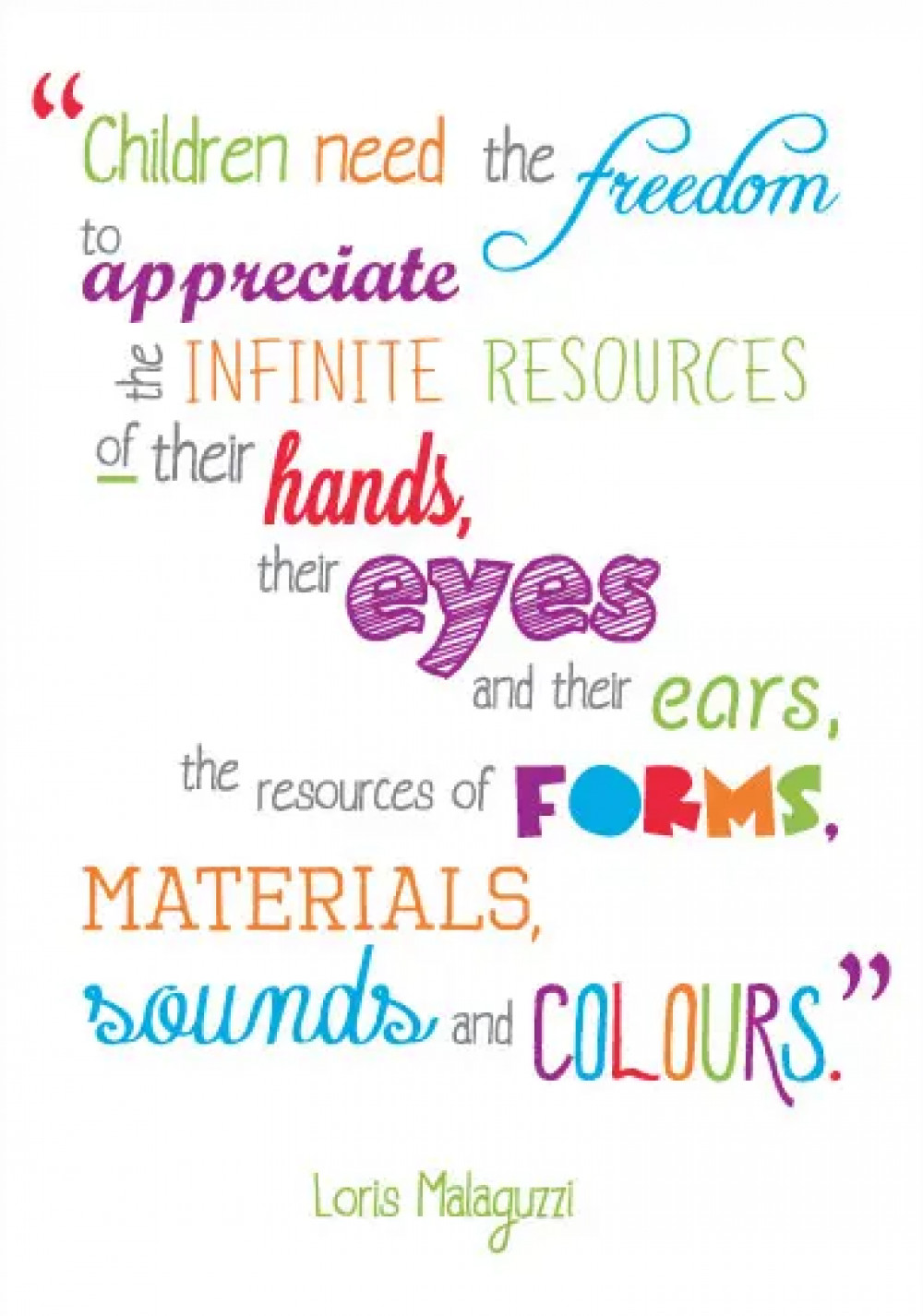
The Reggio Emilia approach created by Loris Malaguzzi, in Italy, gives value to different areas; the Child, Teacher/Parents and the Learning Environment as a third teacher. Malaguzzi states “There are three teachers of children; adults, other children and their physical environment”. When classrooms are set up as a third teacher, children can naturally wonder, test their own theories as well as be inspired to learn alongside their peers and teachers.
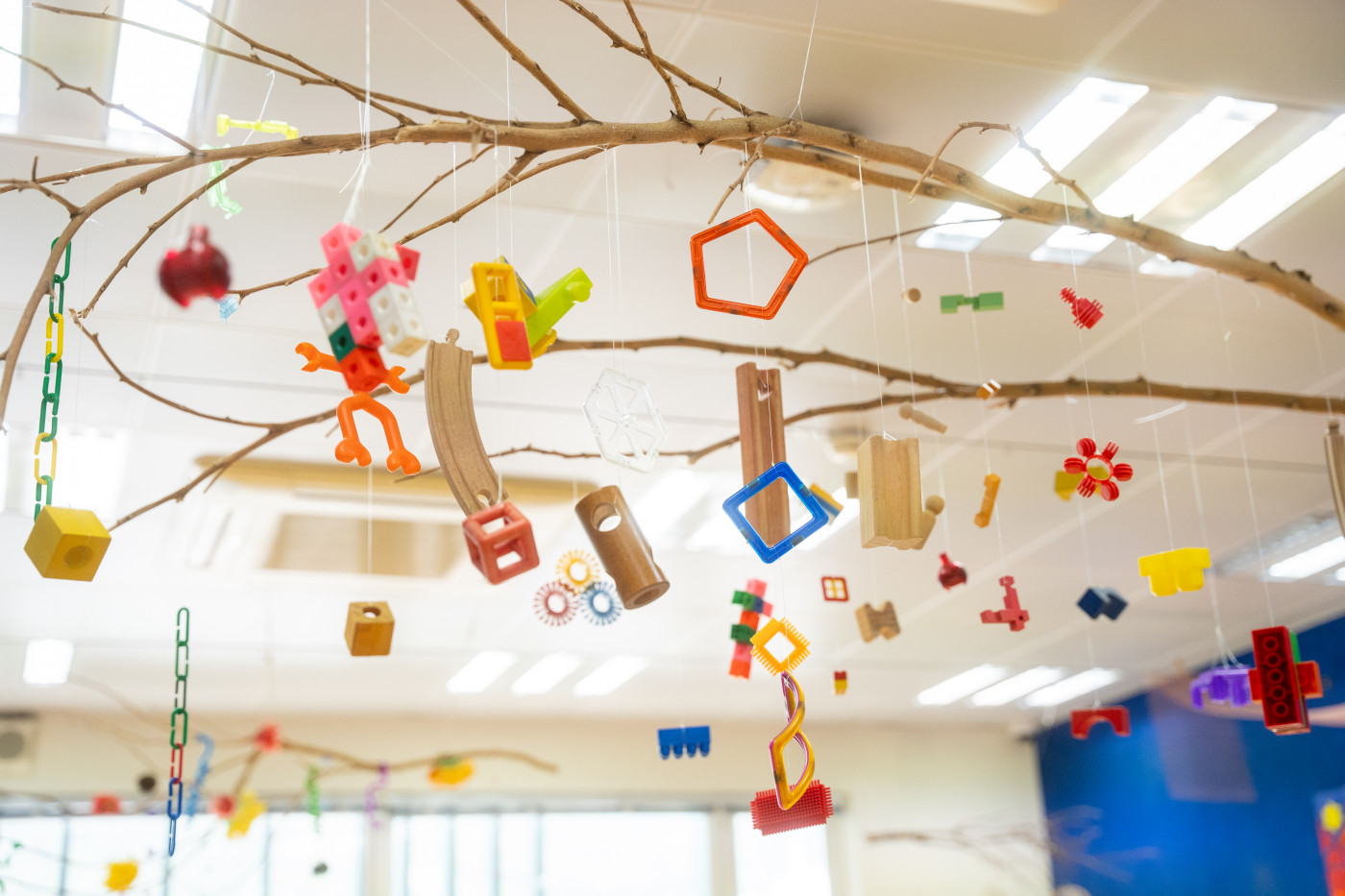
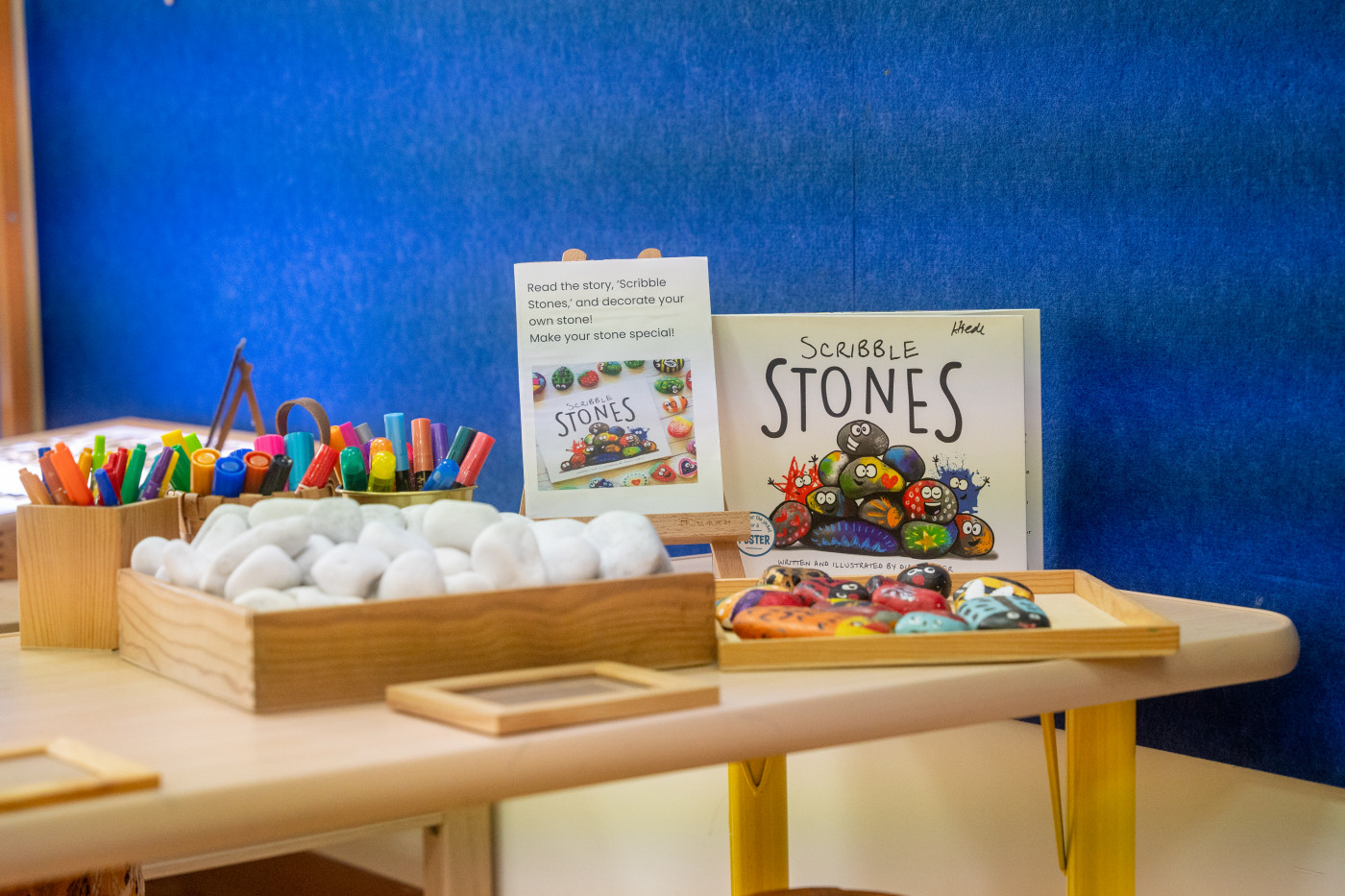
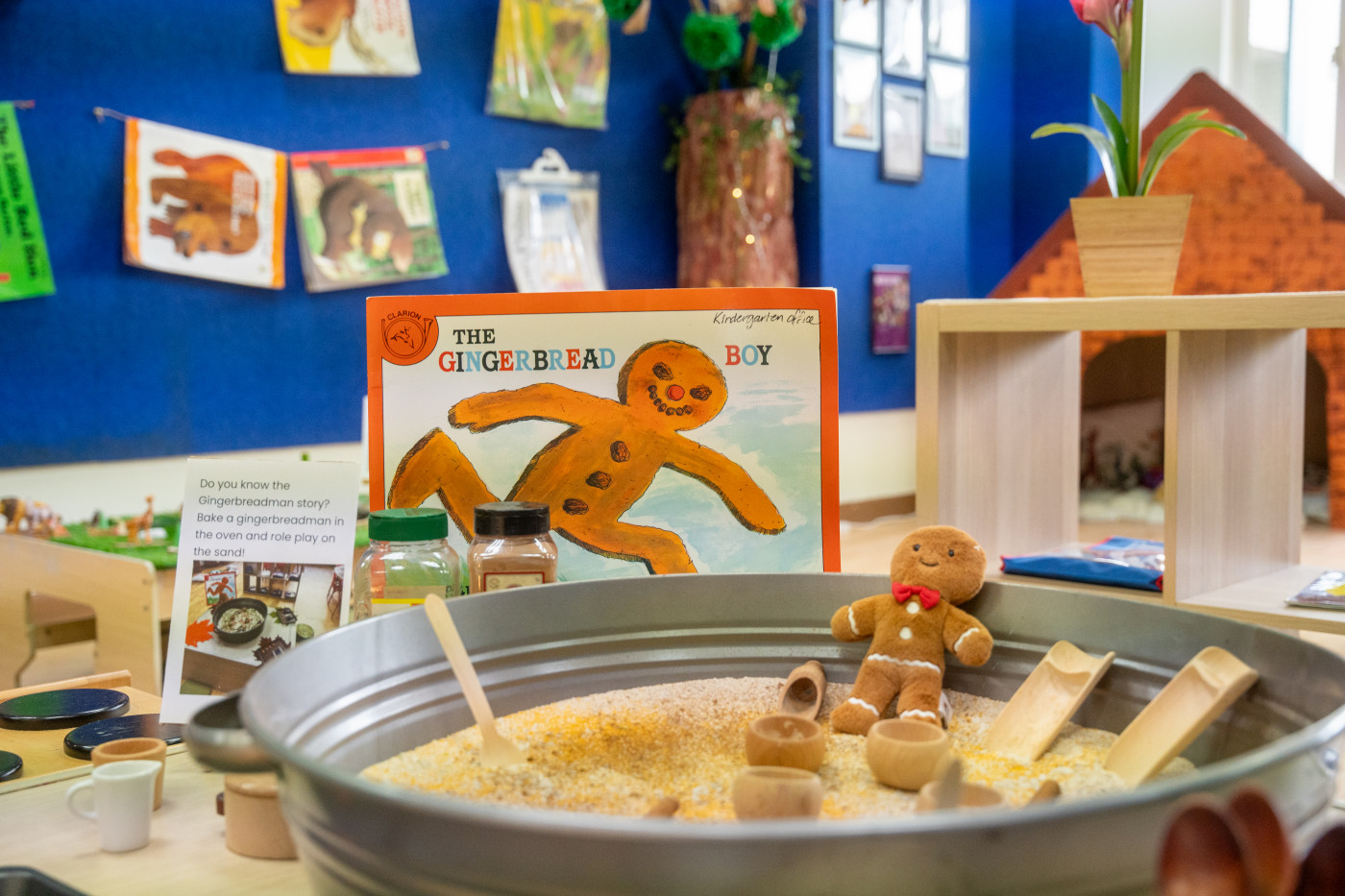
This approach emphasises children learning in many different ways, and places the responsibility of all stakeholders in setting up learning environments that support curiosity, wellbeing, collaboration and communication, empowering children with choice and voice in their learning.
TIS Kindergarten has been on a journey to provide the best Learning Environment to support a holistic approach grounded in play based experiential learning. The Alberta Flight and Kindergarten Programs provide us with quality learning goals for children in the Early Years and the IB Primary Years Program compliments these beautifully by providing a inquiry framework where our youngest learners can learn in all subjects (math, arts, language and literature, physical education, social studies and science) through units of inquiry.
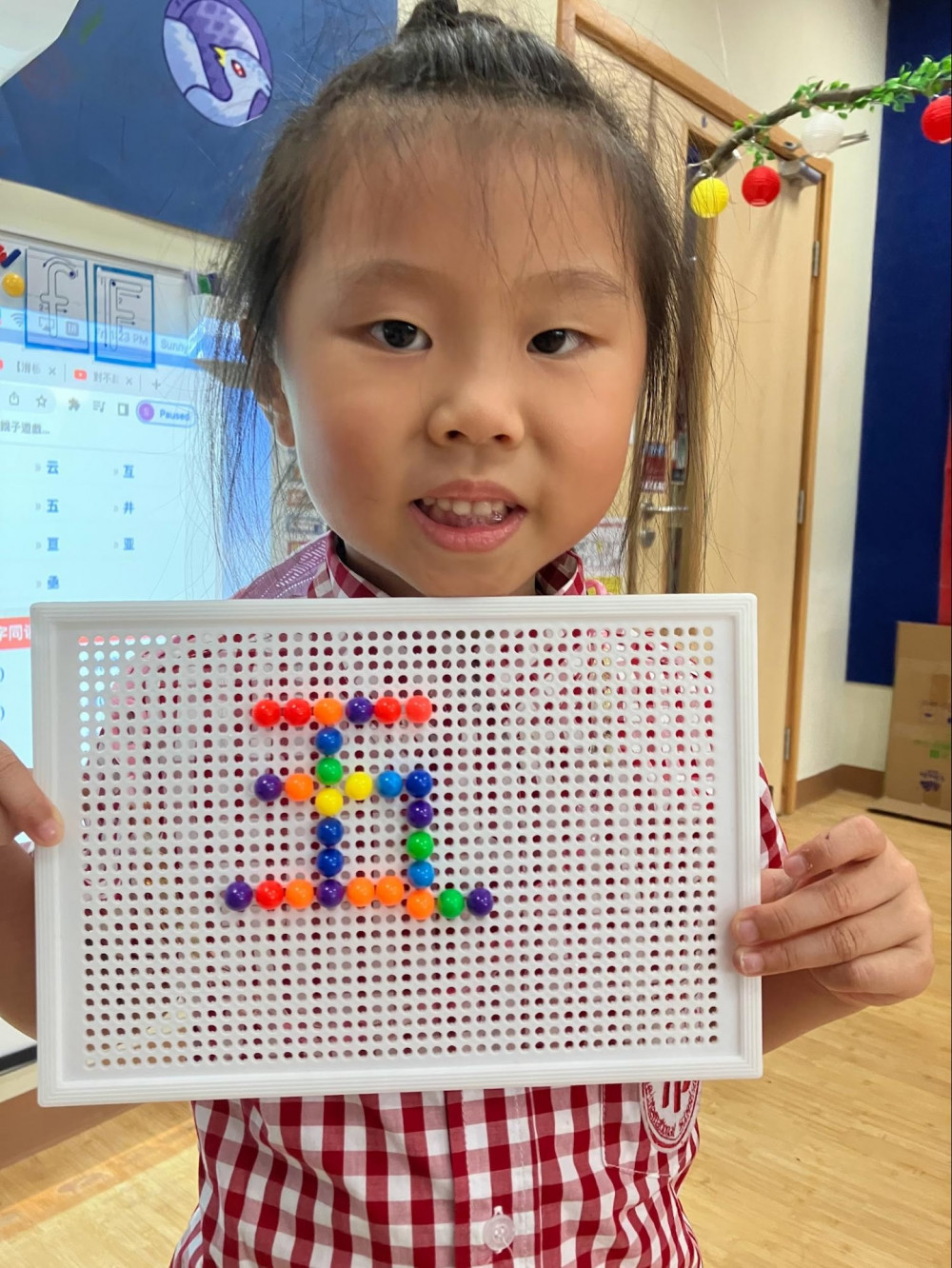
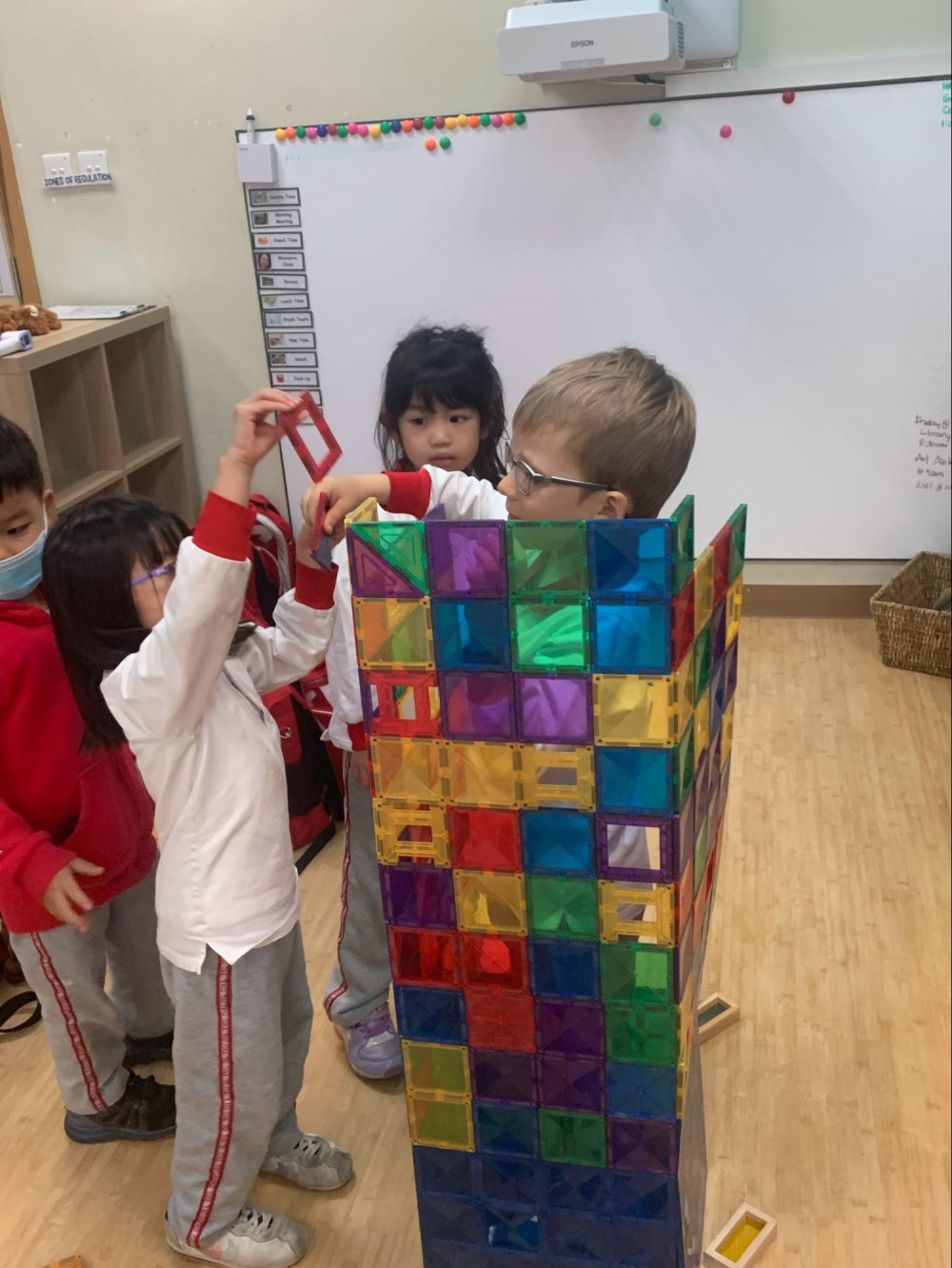
Classroom environments that have a mix of quiet areas, collaborative areas, STEAM areas, Creative Arts Centres, Literacy and Imaginative Centres empower children to actively engage in acquiring knowledge and skills in order to build conceptual understandings.
Building the Classroom with our Students - Decoration versus Inspiration
TIS classrooms incorporate natural elements that are visually appealing while ensuring that they are not overstimulating. Children should be immersed in the beauty of nature both within and beyond the classroom. Classrooms are designed with stimulating provocations to inspire children and to provide time and space for students to create their own projects, as well as projects with their peers.
Learning spaces are set up and tailored throughout the year to support a hands-on inquiry approach. Lighting, music, aromatherapy, colours, textures and natural materials play an important role in engaging the senses and “setting the stage” for a full sensory experience.
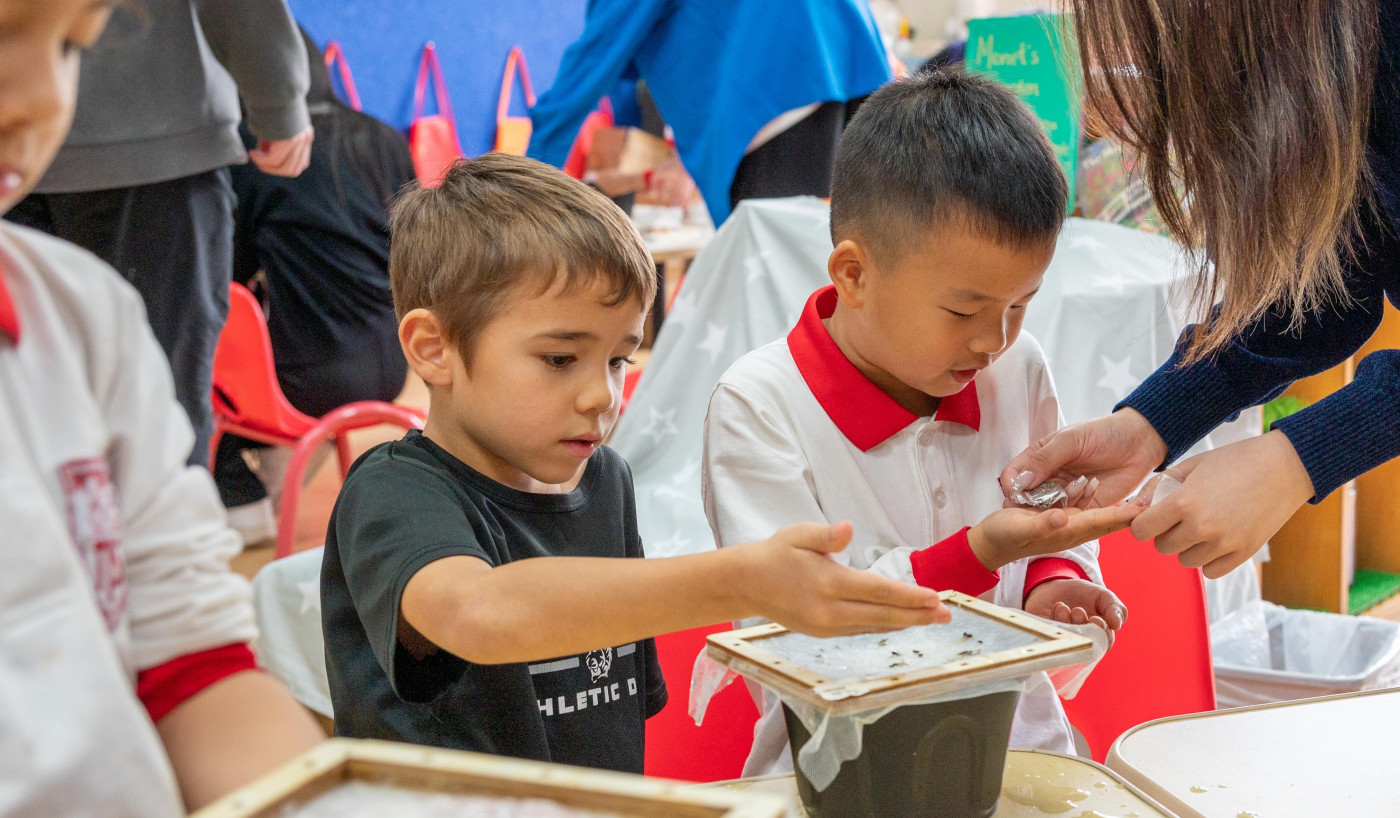
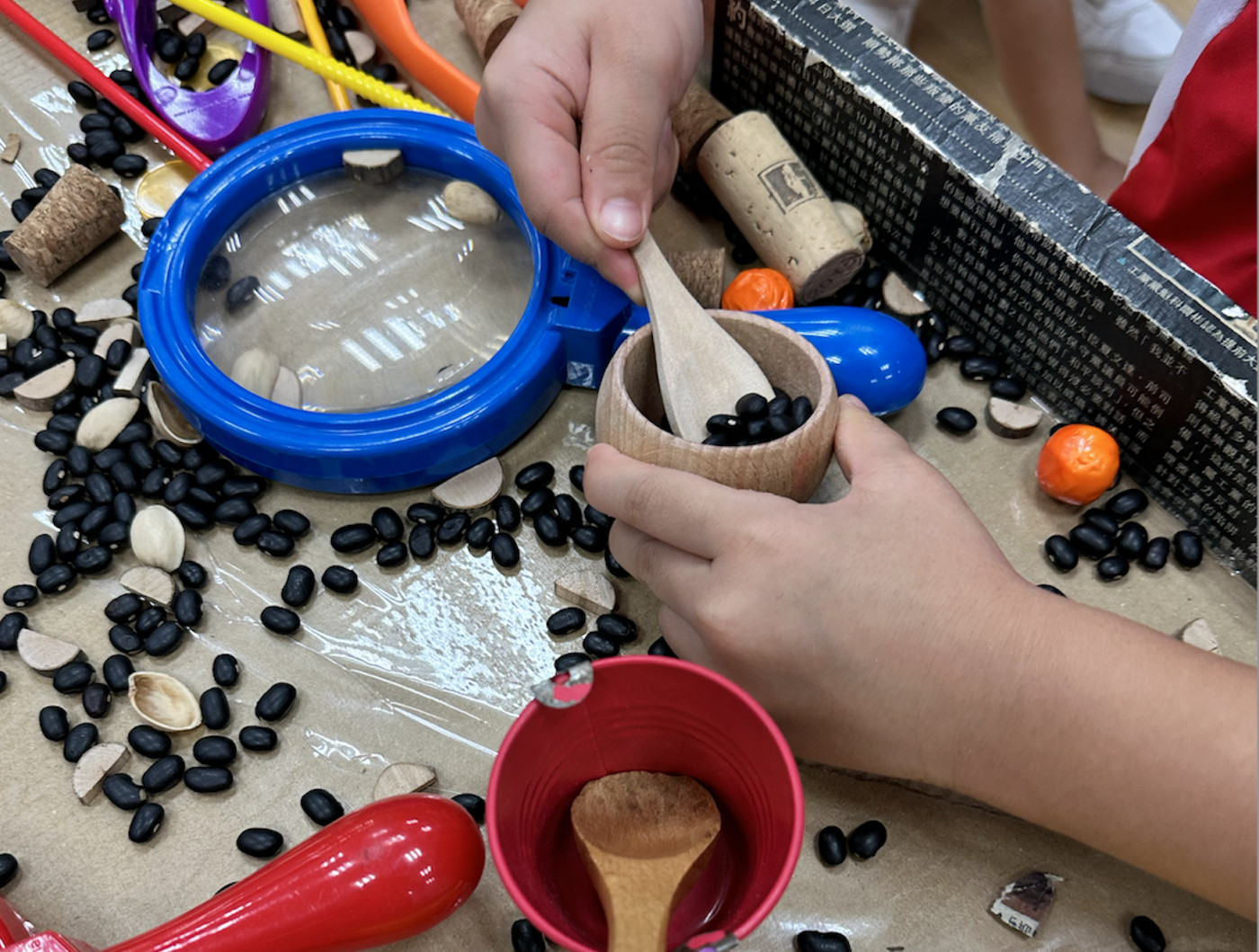
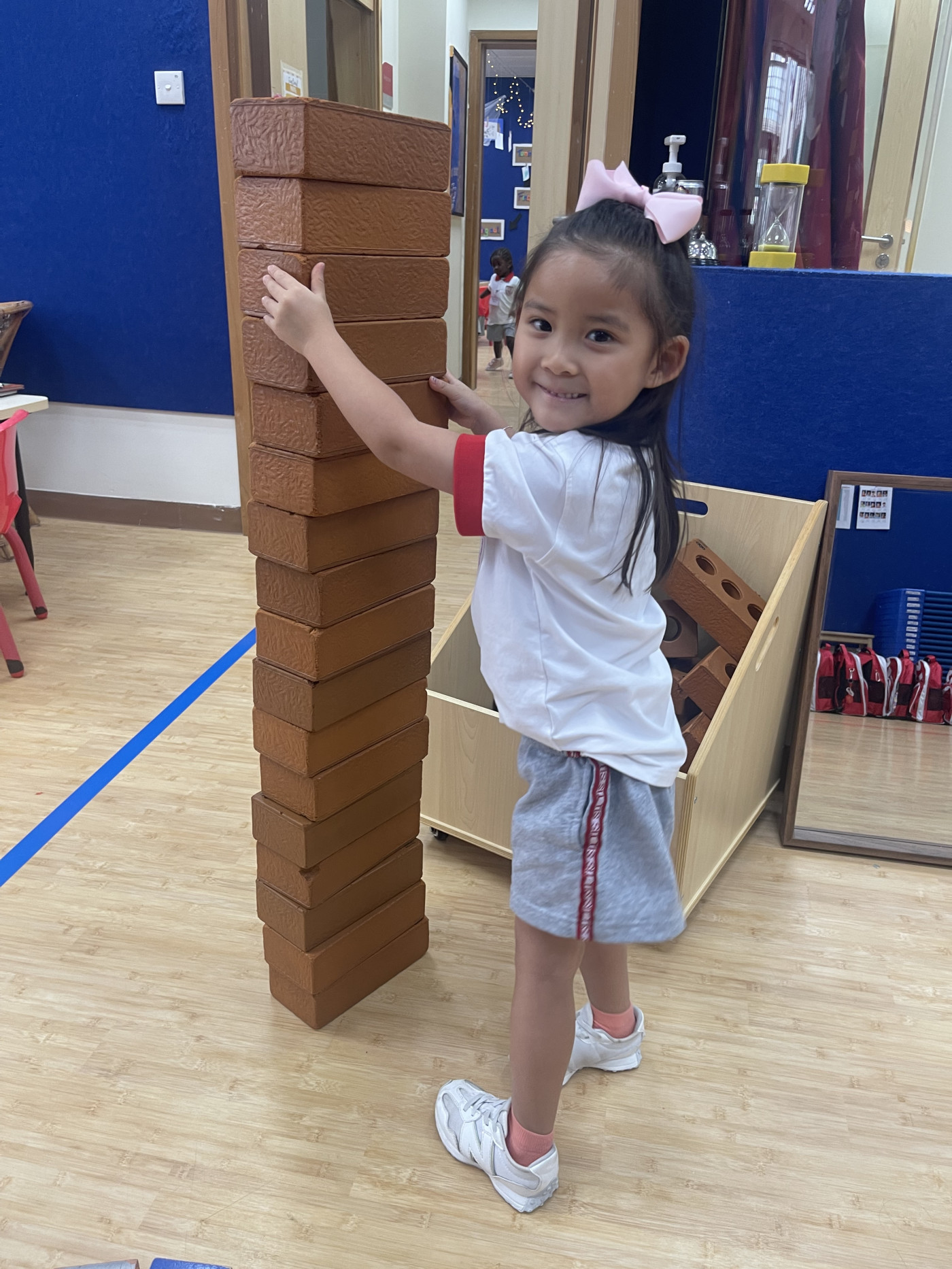
Recently, a classroom was set up as an Invitation to learn (Provocation) whereby the JK students could playfully explore mini habitat worlds using their senses. They were exposed to sensory elements such as water, sand, and ice to explore elements of different habitats that animals might live in (savannah, polar region, rainforest, desert, ocean). After each visit to this classroom, students began to ask deeper questions, reflect on their knowledge and inquire into different animal groups and the effects of humans on these animal groups. The room had elements of sounds of nature that were changed periodically and microscopes to look at real life materials such as shells, flora and fauna. Of course students can learn from videos and books but this real life and hands-on approach, guided by selected provocations and accompanied by a field trip to a wetland area, solidified student learning and allowed them to inquire deeper. We are looking forward to seeing where this journey takes them as they continue to explore this unit this month.
Choice Matters!
A well set up environment provides a blend of quiet and active spaces. Many of our classrooms have such areas where children can access both. At this present time, our small break-out learning space in each set of classrooms is providing areas for students to engage in explorations such as light and shadow, creating story worlds, construction areas, writing centres and restaurant role-play. These areas are inspired by student interests as well as supporting units of inquiry.
All classrooms have alternative seating available from cushions, wobble seats, stools, soft and comfortable arm chairs and sofas. Students are encouraged to select seats that are most comfortable for the intended learning experience they are engaged in. In many classrooms, students have choices of seating in order to optimize their learning and focus.
When students have choices of materials, seating, co-researching and creating learning areas, they feel valued, involved in their learning and more willing to take risks, make mistakes, be resilient and share their learning with others.
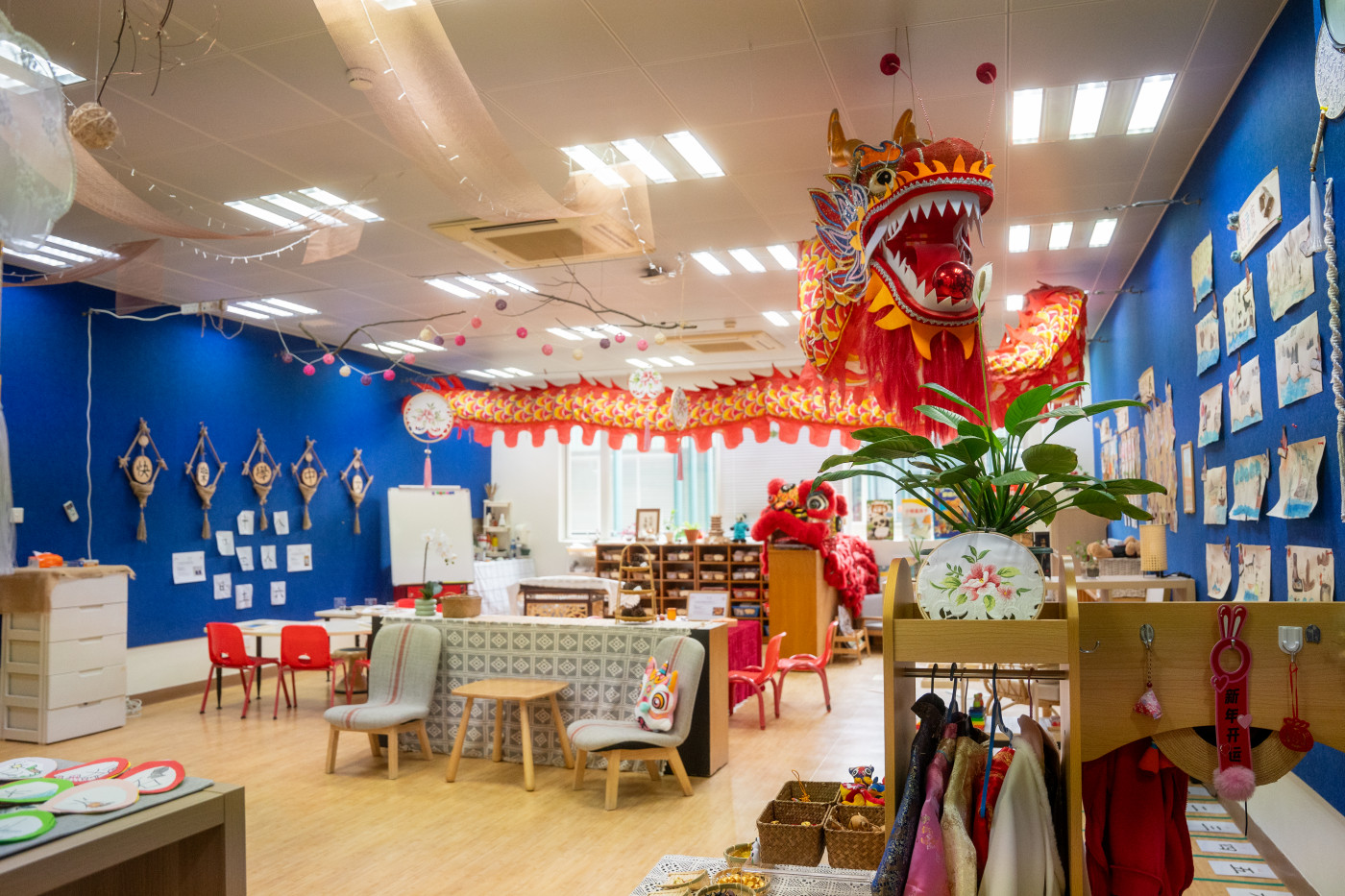
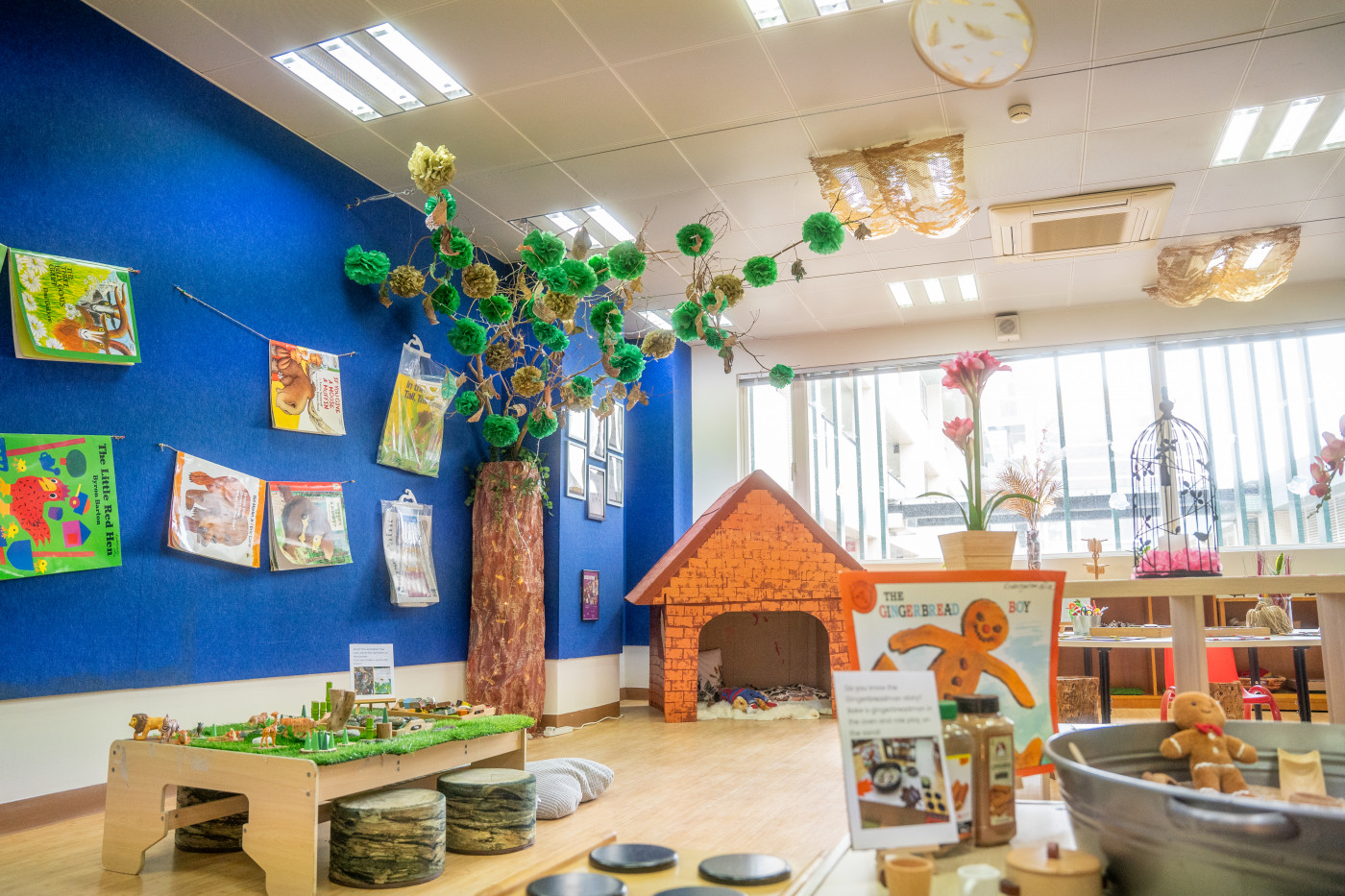
Invitations to Inquire
Over the past 4 years, we have enhanced our kindergarten classrooms with furniture to store Loose Parts and other open-ended resources for children to access, allowing them to explore and become more independent learners. This approach not only encourages responsible learners to experiment, make predictions and collaborate but also enriches their vocabulary and skills.
We are grateful for the support of our TIS Parents’ Association in adding soft seating, reading chairs, stools, Loose Parts storage and transparent light table blocks to assist in transforming our classrooms into dynamic environments that embody the philosophy of the classroom as the third teacher, laying the groundwork for a lifelong love of learning.



